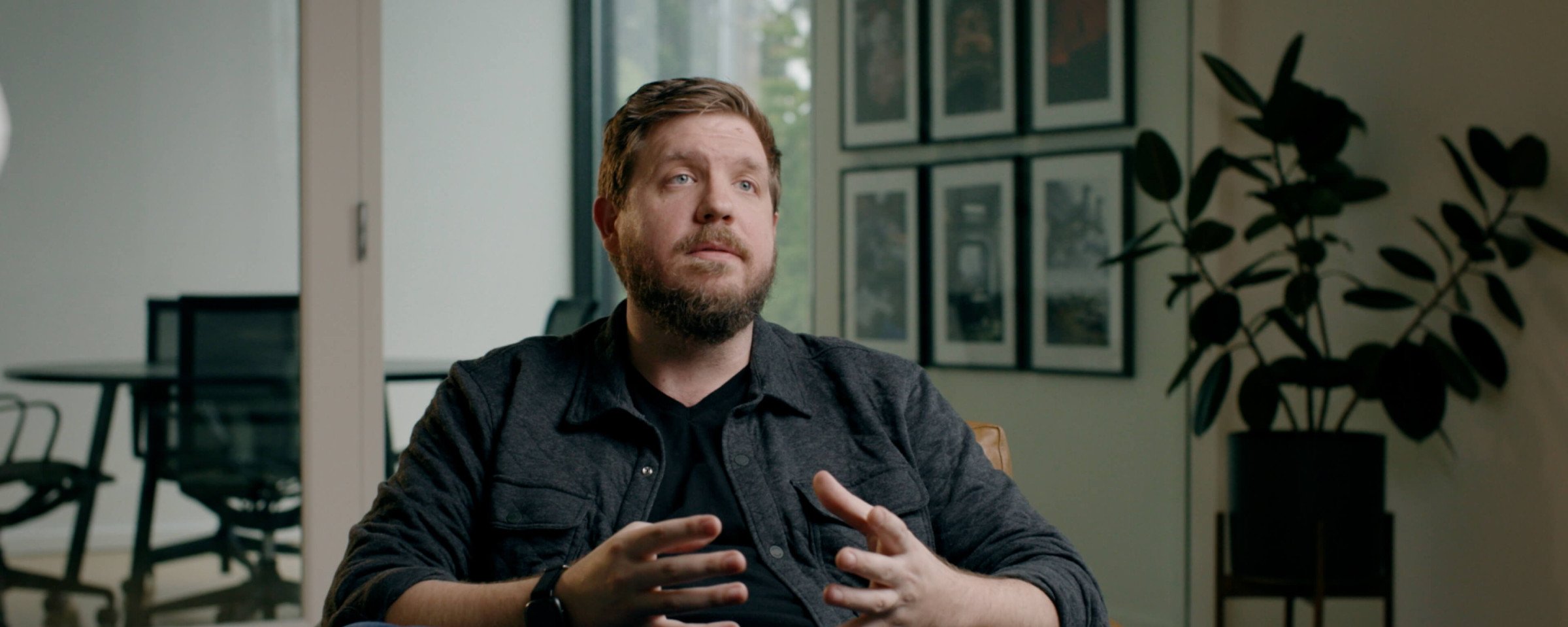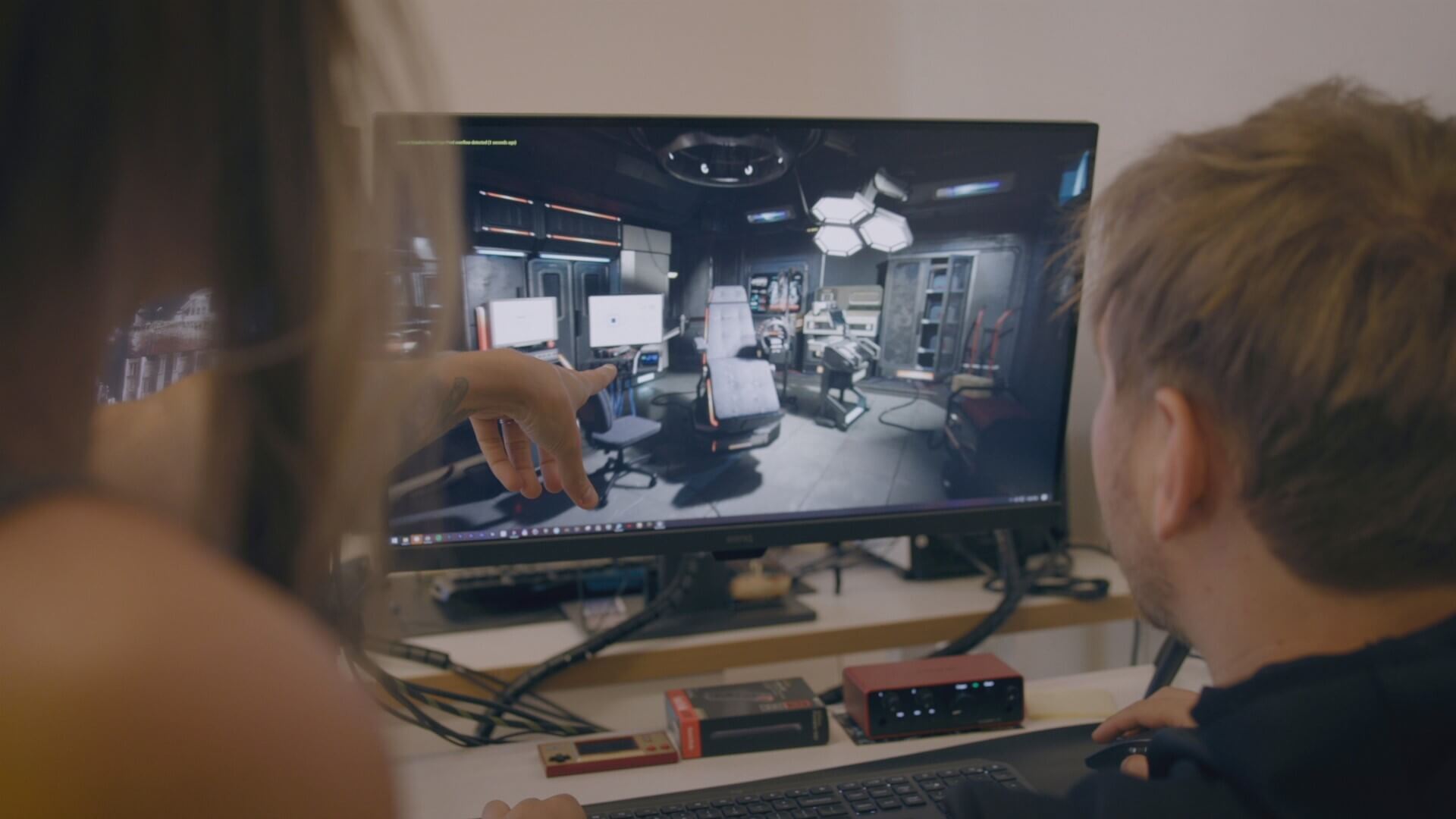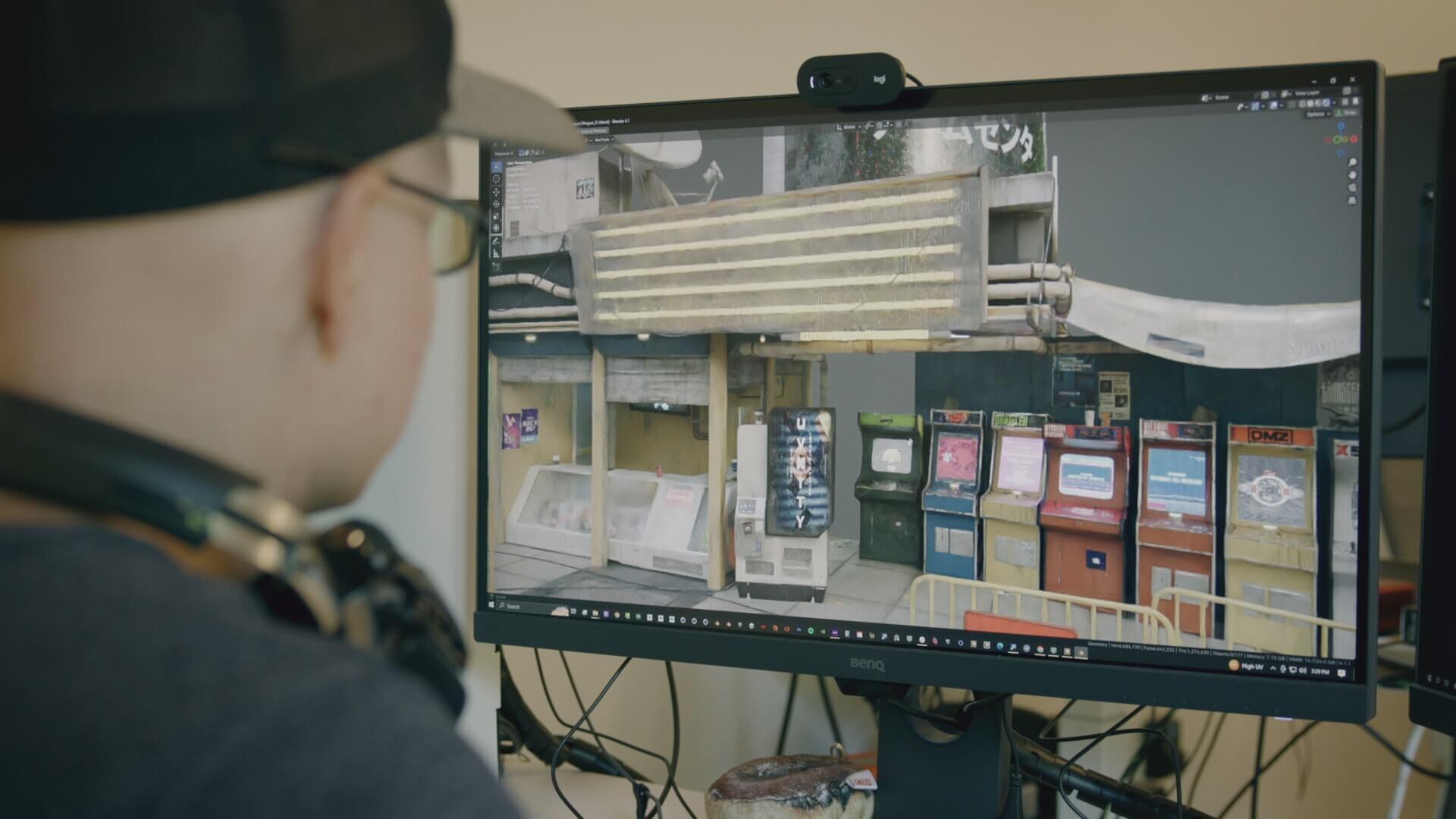My name is Joseph Sylvester. I am a 3D Modeler and have been working at Kitbash3D for 4 years, where my task is to translate 2D concepts into 3D models. I worked as a server through college and received an associate’s in game development focused on environments and vehicles. After that, I have been largely self-taught and got my first industry job at KitBash3D.
Siggraph is an annual conference focused on all aspects of technology. There are presentations, talks, panels, activities, and an entire floor dedicated to demonstrations from some of the biggest companies in the industry. This is where I come in. My goal at Siggraph was to be a quality representative for KitBash3D and to showcase Cargo.
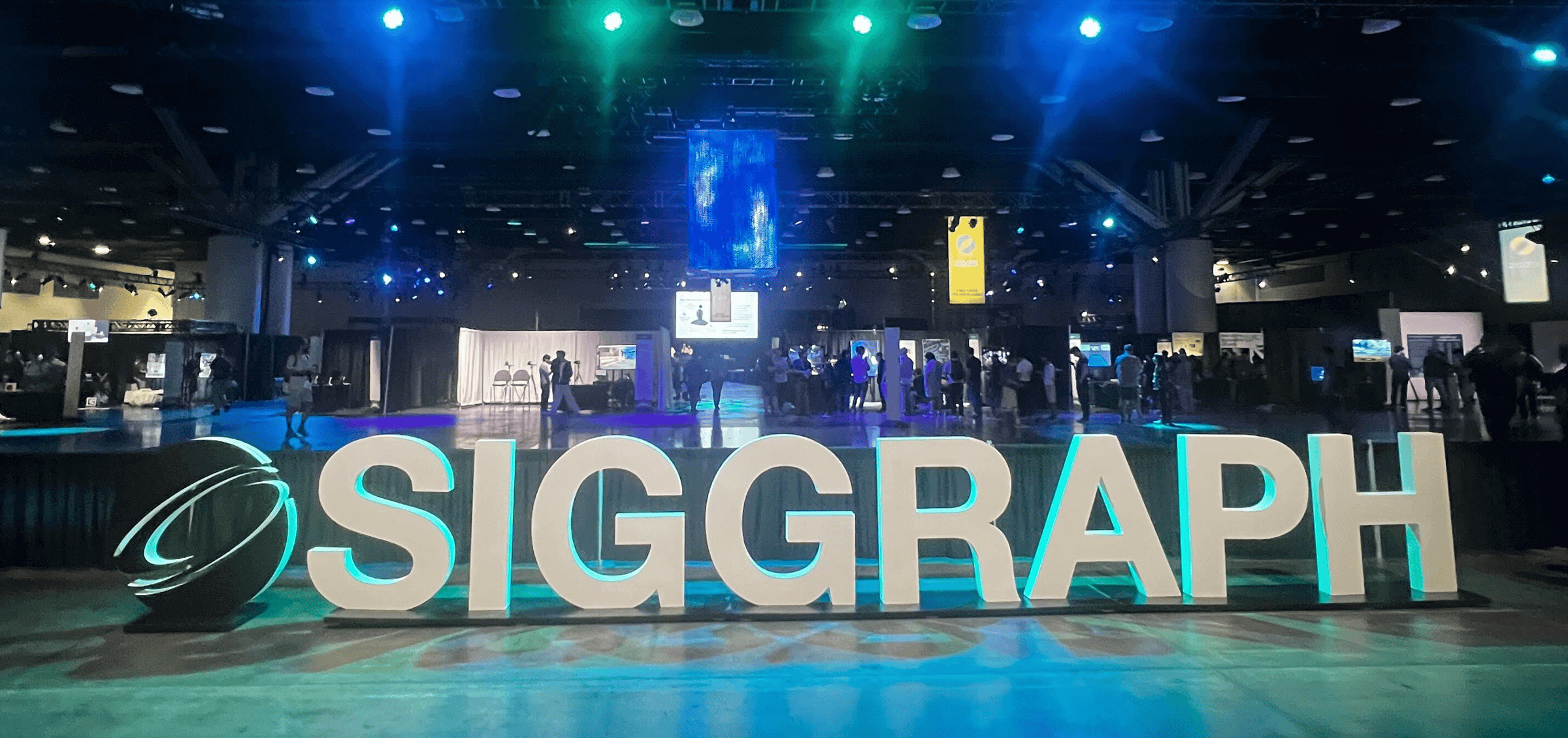
Preparation
Preparation is going to be your greatest ally when attending Siggraph. I only had an hour time slot, so I needed to decide what scene I could create that would demonstrate Cargo within that time frame, while also allowing time for questions and conversations. It meant that I should be able to assemble the whole project and render it within 15 to 20 minutes. After nailing that timeframe down, it becomes much easier to decide WHAT exactly I will be assembling for a render.
When picking the scene, I followed the principle of KISS (keep it simple stupid). I went with something easy to assemble as well as pieces I was familiar with and could discuss. First I needed to pick the programs I would use. I model in Maya, so utilizing its standard renderer Arnold, was an easy choice. The next was the scene itself. Alleys and exterior shots proved to be the most efficient.
Quick assembly and easy lighting with HDRI’s helped me create a world in a short time. It also helped that the majority of the assets I used were from kits that I had worked on previously. I was able to dive deeper into how the building was made and illustrate the intricacies of the models. It took me about 3 days to concept, assemble, and revise it. After the scene was locked in, I practiced assembling it a few times and made sure to review key features and talking points so I could have those stored in memory. Then I moved on to potential backup plans.
Creating the Backup Plan
Conventions are notorious for mishaps and malfunctions, so plan accordingly. For example, because Cargo requires the internet to function, I anticipated that our booth wouldn’t have internet. To work around this, I pre-downloaded the assets to a USB drive so I could assemble the scene offline. Also, thanks to my team, I had a set of marketing videos and slideshows that I could display as well in case something froze/crashed. Both the crash and slow internet happened during my time there and my backup plans saved me.
Communicate with your booth host to see what resources are at your disposal. It is important to check before the convention to make sure there are computers and any necessary hardware at your station. Some stations may only have a display screen and you will need to bring your own laptop. Also, make sure that those computers have the proper software installed. As mentioned previously, a convention’s internet is oftentimes terrible, so you don’t want to be downloading massive amounts of data. Once you have that secured, it makes setting up a breeze. I would simply plug in my USB (3.0 or higher is a must for large files), open Maya, and begin the presentation.
Demo Time
Performing a demo was nerve-wracking for me at first. I had never performed one before and I had never been to Siggraph before, so I was in uncharted territory. However, thanks to some coaching from my team, and actually getting behind the computer and opening Maya, it felt like I was at work and all those nerves faded. I simply did what I practiced, started building the scene, and people would come by and ask questions or watch me work. I had the most fun brainstorming ideas with other people while building. The impulsivity of it yielded some pretty cool results!
The demos had some hiccups here and there, but I had some amazing people there assisting me. Jordan Giboney (Autodesk), Jose Elizardo (Autodesk), and Carmen Moreno (Kitbash3D) aided me in many ways while I was there. Whether it was preparing for attending SIggraph, or a technical issue on site, they had my back! It brought to my mind that working with an awesome team makes everything better.
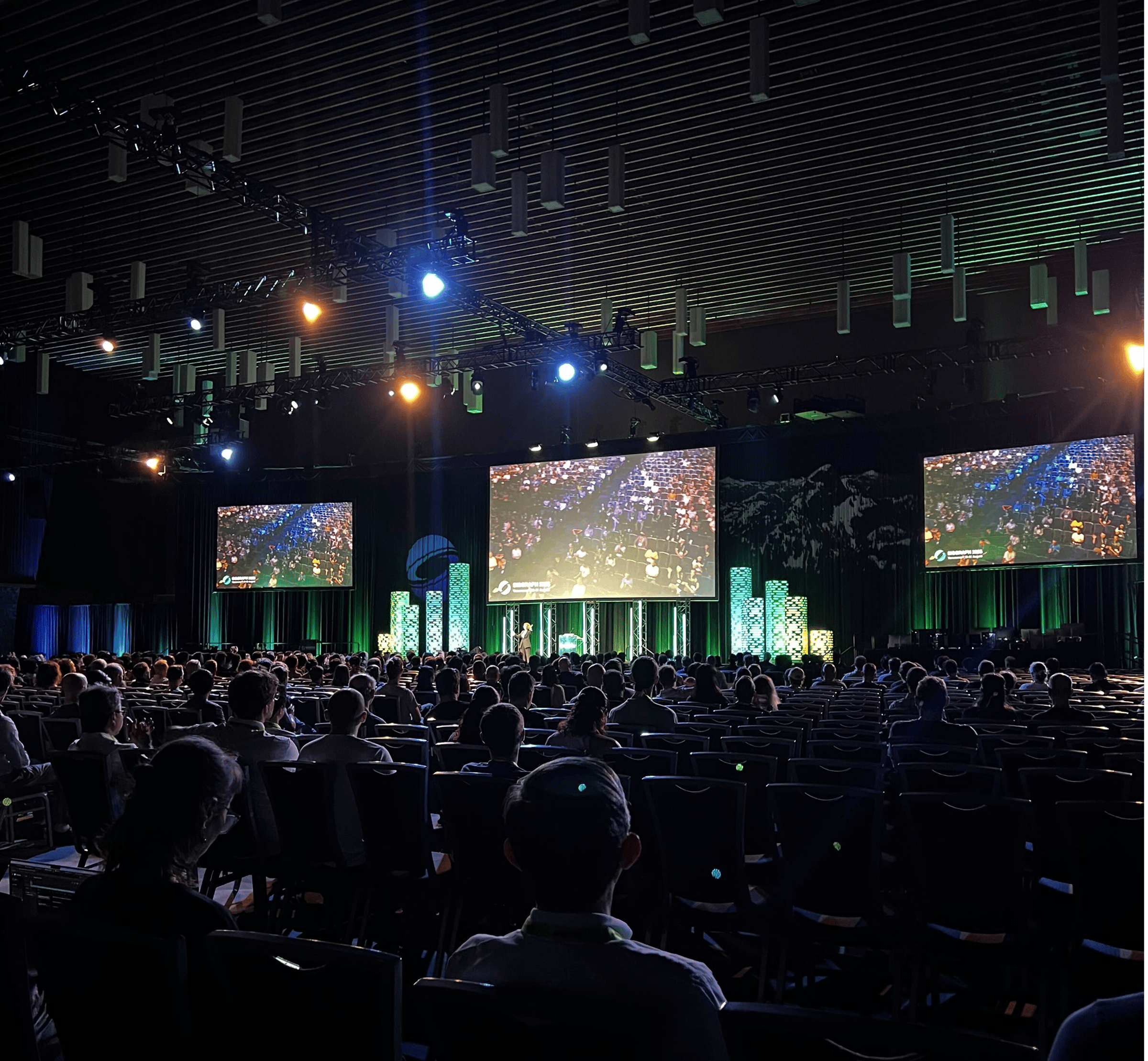
Exploring Siggraph
Once I was done with my demo , it was time to explore Siggraph. I saw everything from Mocap (motion capture) performances, 3D facial scans, and human-sized robots and their pets walking around the demo floor. One of the most incredible pieces I saw was a life-sized 3D print of an Alien Xenomorph head. It was amazing to see all these different technologies as well as the experts showcasing them!
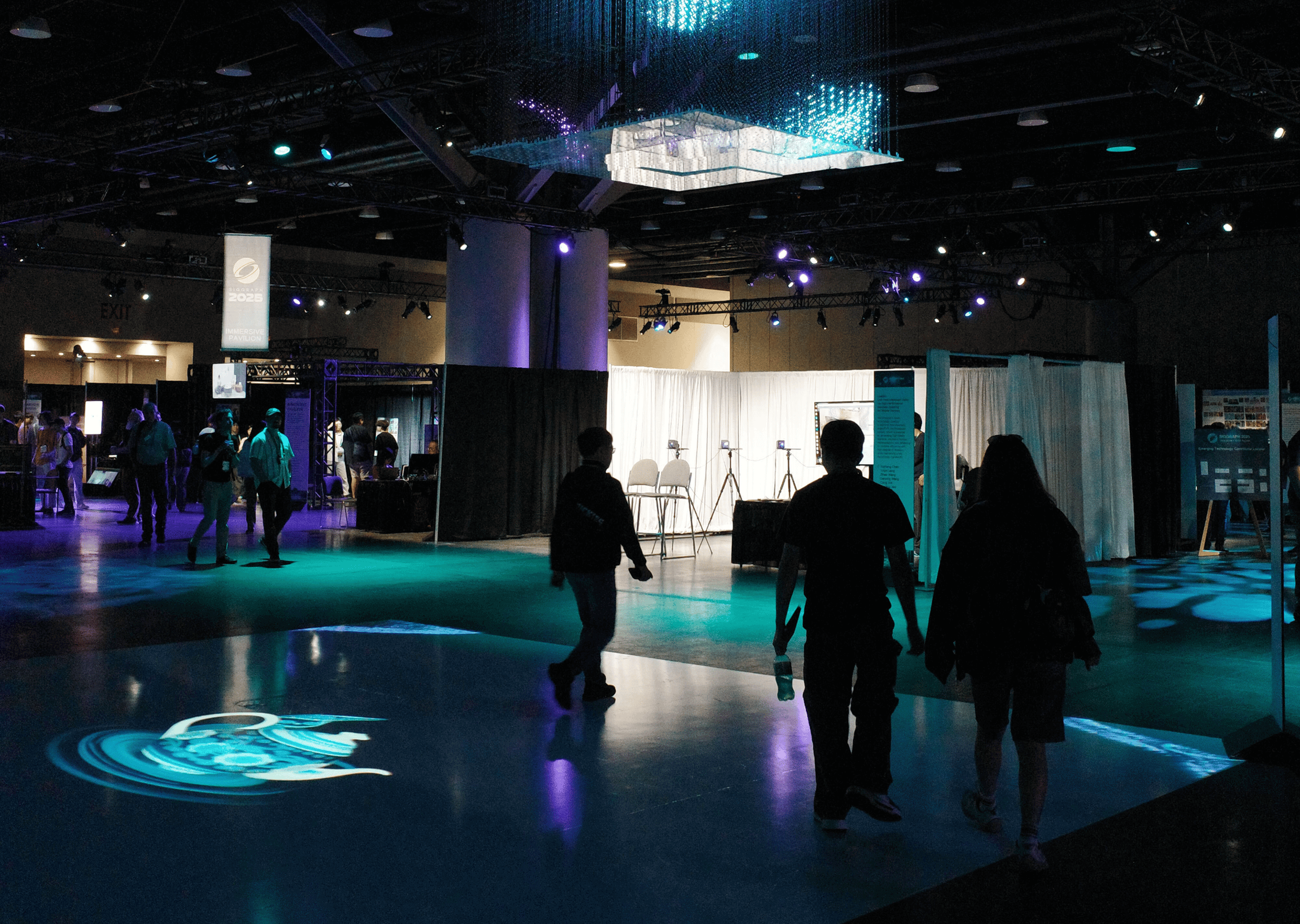
Conclusion
Overall, performing a demo at Siggraph is an awesome experience. If you are ever in a situation where you are giving a presentation, make sure to be prepared. Whether it is solidifying what you will be presenting, or preparing for malfunctions and hiccups. Be kind to your future self and plan ahead. This way you can focus on enjoying meeting some amazing people and seeing some incredible things at this conference. If the opportunity were to come up again, I would be more than happy to accept.
Photos were taken by Liosha Shyp.

